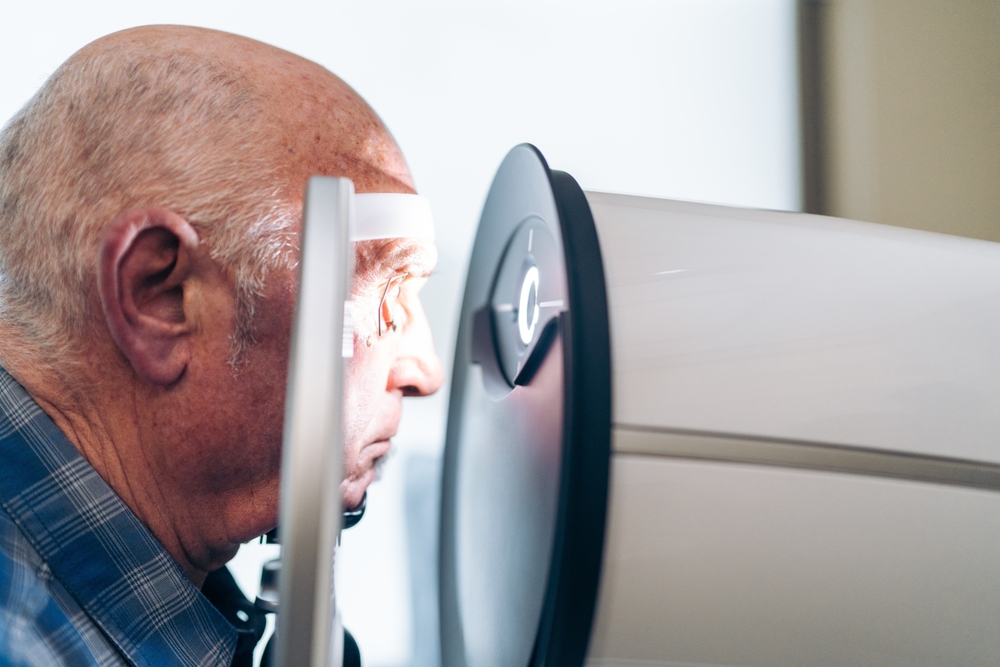
Many people assume that clear vision depends solely on how well the eyes see - but proper vision also relies on how well the eyes work together. When the eyes don’t align or coordinate correctly, it can lead to problems affecting comfort, focus, and daily activities. Fortunately, vision therapy offers a non-surgical solution designed to improve eye coordination and strengthen the connection between the eyes and brain.
Understanding Double Vision and Eye Turns
Double vision (diplopia) and eye turns (strabismus) are visual conditions that affect how the eyes work together. In both cases, the eyes are not properly aligned or coordinated, which can cause the brain to receive two different images. This can lead to symptoms such as blurred or doubled vision, eye strain, headaches, or difficulty with depth perception.
What Is Vision Therapy?
Vision therapy is a personalized program designed to improve the visual system’s efficiency and coordination. Through targeted exercises and activities, vision therapy strengthens the neural pathways that control eye movement, focus, and alignment, helping the eyes work together as a team.
How Vision Therapy Helps with Double Vision
For patients experiencing double vision, the goal of vision therapy is to help the brain learn how to fuse the two separate images into one clear picture. Treatment may include exercises that train the eyes to maintain proper alignment and teach the brain how to coordinate binocular vision more effectively.
These exercises can also improve the eyes’ ability to track moving objects, shift focus between distances, and sustain visual attention - all of which contribute to reducing or eliminating double vision.
How Vision Therapy Treats Strabismus (Eye Turns)
When one eye turns in, out, up, or down, it disrupts the balance between the eyes and can cause visual confusion. Vision therapy works to retrain the brain’s control of the eye muscles, promoting more natural and stable eye alignment.
By addressing both the sensory (brain) and motor (eye movement) components of strabismus, therapy helps the patient achieve better binocular function. In many cases, this can reduce the frequency or severity of the eye turn, and in some cases, it can eliminate it entirely without surgery.
Additional Benefits of Vision Therapy
Beyond improving alignment, vision therapy can enhance:
• Depth perception and spatial awareness
• Reading and learning performance
• Hand-eye coordination and visual tracking
• Comfort during near tasks like reading or computer work
Regain Clear, Single Vision with Expert Care
Double vision and eye turns can interfere with daily activities, learning, and overall comfort. Vision therapy offers a non-surgical, effective way to retrain how the eyes and brain work together - addressing not just the symptoms but the root cause of the problem.
If your child struggles with double vision or an eye turn, schedule a consultation with The Center for Vision Development and discover how vision therapy can help. Visit our primary location in Annapolis, Maryland, or call (410) 268-4393 to book an appointment today.











